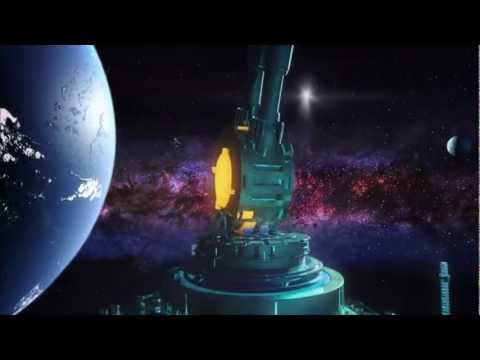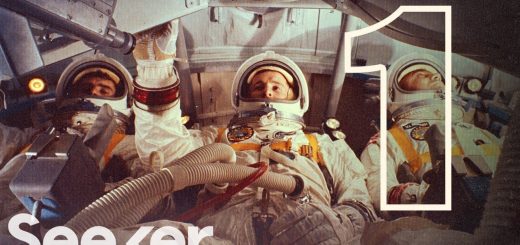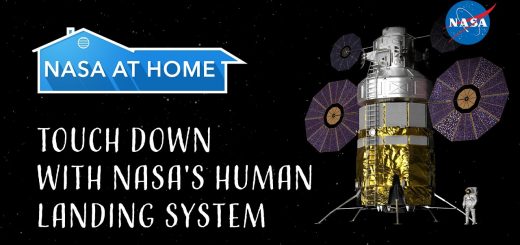5 Things: Space Servicing
Servicing just means the ability to be able to fix or repair something in space. So, similarly to if your car breaks here on Earth or there’s a problem with your air conditioner at home,you can fix those things and it’s pretty easy to do on the ground. In space it’s a little bit more challenging. So, you need to kind of design that ability into the hardwareto allow astronauts to be able to fix things in space while they’re wearing bulky gloves. The Hubble Space Telescope was specially designedto enable it to live longer than any other telescope or satellite. Engineers on the ground designed it with interfaces or pieces of hardware that can easily be accessed by an astronautand fixed using kind of standard tools. When Hubble launched in 1990,unfortunately scientists discovered that when they received the first images, they looked blurry. With some amazing smart people on the ground,they realized that the primary mirror that collects all the light from the stars was slightly misshapen by just a teeny amountand that’s what made all the scientific images look blurry. The first Hubble servicing mission, SM1, of which one of the primary objectives was to fix that misshapen mirrorby launching a dedicated separate scientific instrumentthat has what you might hear, eyeglasses, on it, or special lenses. that could correct for this misshapen mirrorand then sharpen up all the scientific images to make them look the way they’re supposed to look. Hubble was unique in that the failures that we met with toward the end of the servicing missionsforced us to design tools that had never been designed before. So, we ended up repairing parts of the telescope that were not planned on being repairing before we launched. The analogy given is doing heart surgeryin spacewith tiny tools, tethers and techniques that we never initially designed to be used. We learned a lot about how to do harder things. You know, harder things that anyone had ever doneduring spacewalks. There are lots of types of missions where astronauts do spacewalksincluding Hubble Space Telescope and the International Space StationThere will be future lunar missions and martian missions. So, they’re using some of the tools and techniques that were developed bysome of our Hubble engineers, and then similarly a lot of those lessons learned will be applied to futurelunar spacewalks and martian spacewalks. Because we’re going to need to be doing more specific, probably more hand intensivethings to get future space stations set up.













